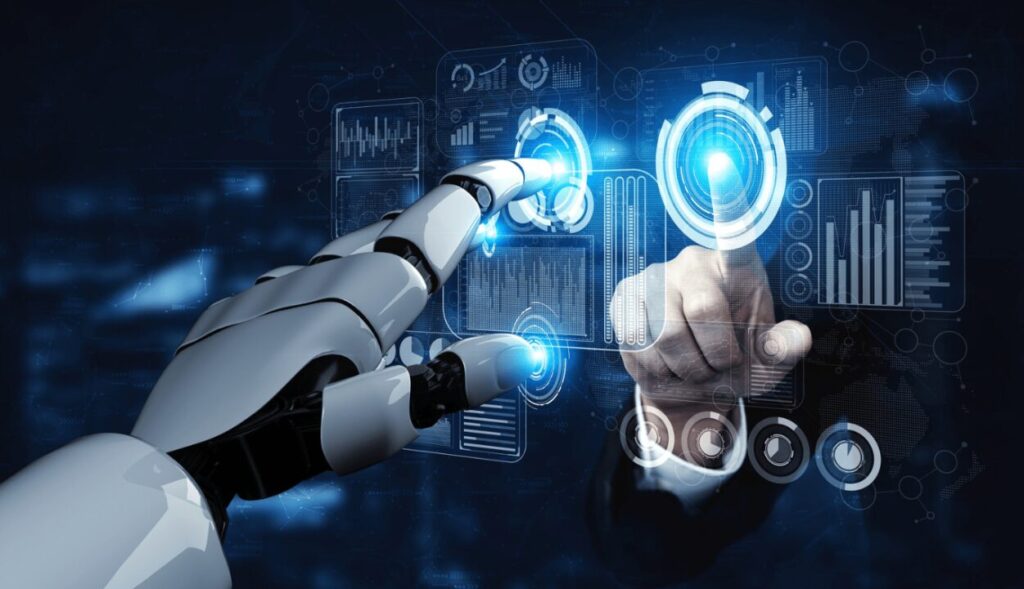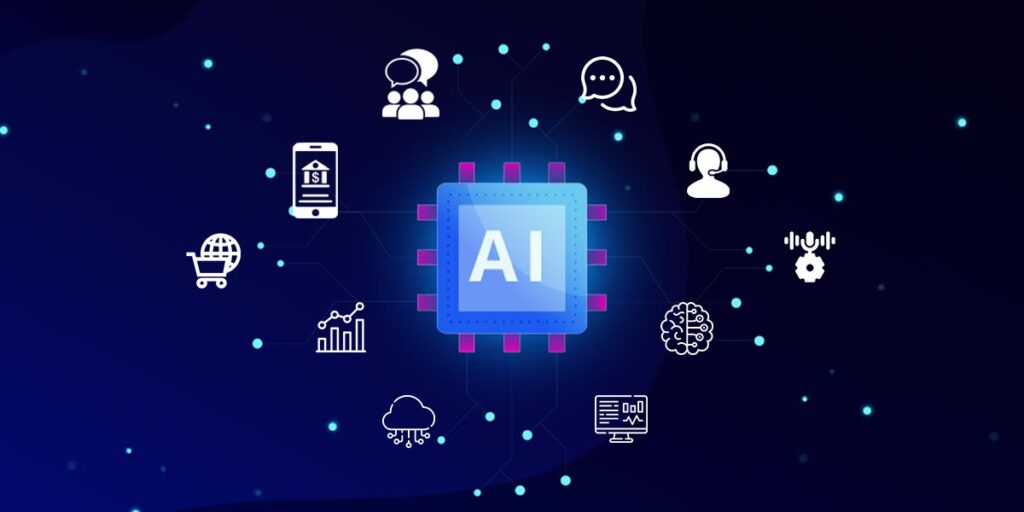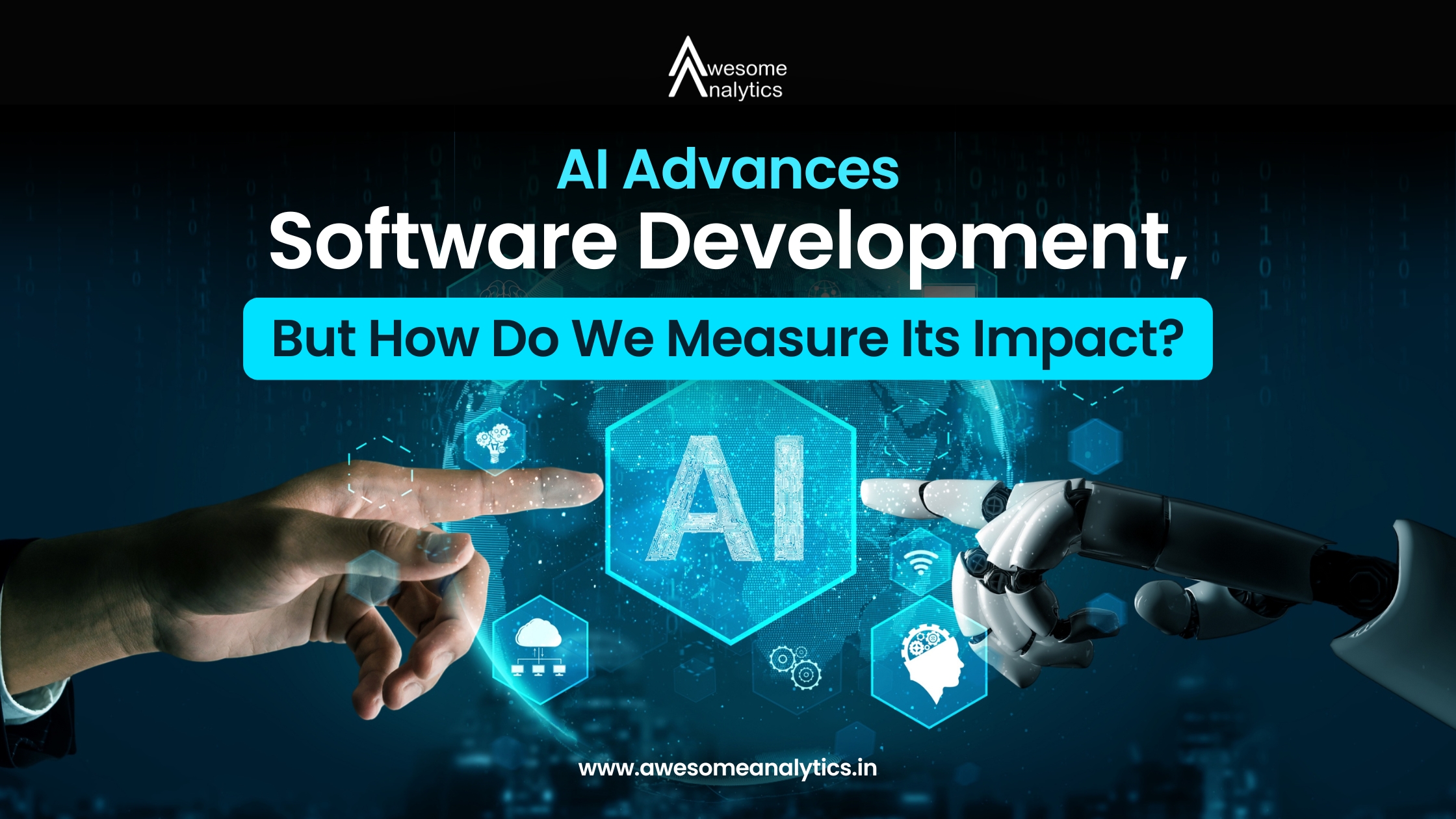The Role of AI in Software Development
AI tools are now integral to many software development processes. They can:
- Automate coding tasks: AI can write code snippets based on given inputs.
- Debug code: AI can identify and fix errors more efficiently than humans.
- Predict project timelines: AI can analyze past projects to provide more accurate timeline predictions.
These capabilities allow developers to focus on more complex tasks, thereby accelerating the overall development process.
How AI is used in development
AI is utilized in software development in several impactful ways:
- Code Generation and Completion: AI can automatically generate code and suggest completions, making up 47% of AI usage in this domain.
- Code Explanations: AI tools provide explanations of how specific code segments work, utilized 40% of the time.
- Summaries of Code Changes: These tools summarize code changes, accounting for 38% of AI applications.
- Natural Language Chatbots: Chatbots help users query documentation using natural language, used by 35%.
- Summaries of Code Reviews: AI summarizes feedback from code reviews, also at 35%.


Human-AI Collaboration Metrics
The success of AI tools often depends on how well they integrate with human workflows. The effectiveness of this integration can be challenging to measure, as it involves assessing both the technology and human factors.
Potential Metrics for Measurement
- Development Time: Measuring the reduction in time from project start to deployment.
- Bug Density: Tracking the number of bugs found before and after using AI tools.
- User Satisfaction: Assessing improvements in user experience and satisfaction, often through surveys and feedback.
What IT pros and managers want to see in AI
IT professionals and managers are interested in AI applications that can:
1.Forecast productivity metrics and identify anomalies (38%)
2.Explain vulnerabilities and provide remediation steps (37%)
3.Support natural language queries in documentation through chatbots (36%)
4.Suggest suitable reviewers for code changes (34%)
5.Fix failed pipeline jobs (31%)
A key concern is software supply chain security, with 67% working with open-source code, but only 21% using a software bill of materials (SBOM) for documentation.

Conclusion
AI has undoubtedly accelerated software development, making it faster and more efficient. However, measuring this acceleration and its broader impact remains a complex task. As AI technology continues to evolve, developing more sophisticated metrics will be essential to fully understand and leverage its potential. For now, developers and organizations should focus on balancing the use of AI with traditional development practices, ensuring that they harness its benefits while being mindful of its limitations.
Never miss an update of AI! Subscribe for more insights!



